Content warning
This story may contain sensitive material or discuss topics that some readers may find distressing. Reader discretion is advised. The views and opinions expressed in this story are those of the author and do not necessarily reflect the official policy or position of Vocal.
How can Artificial intelligence(AI) be used effectively?
Exploring the ways to utilize power of AI
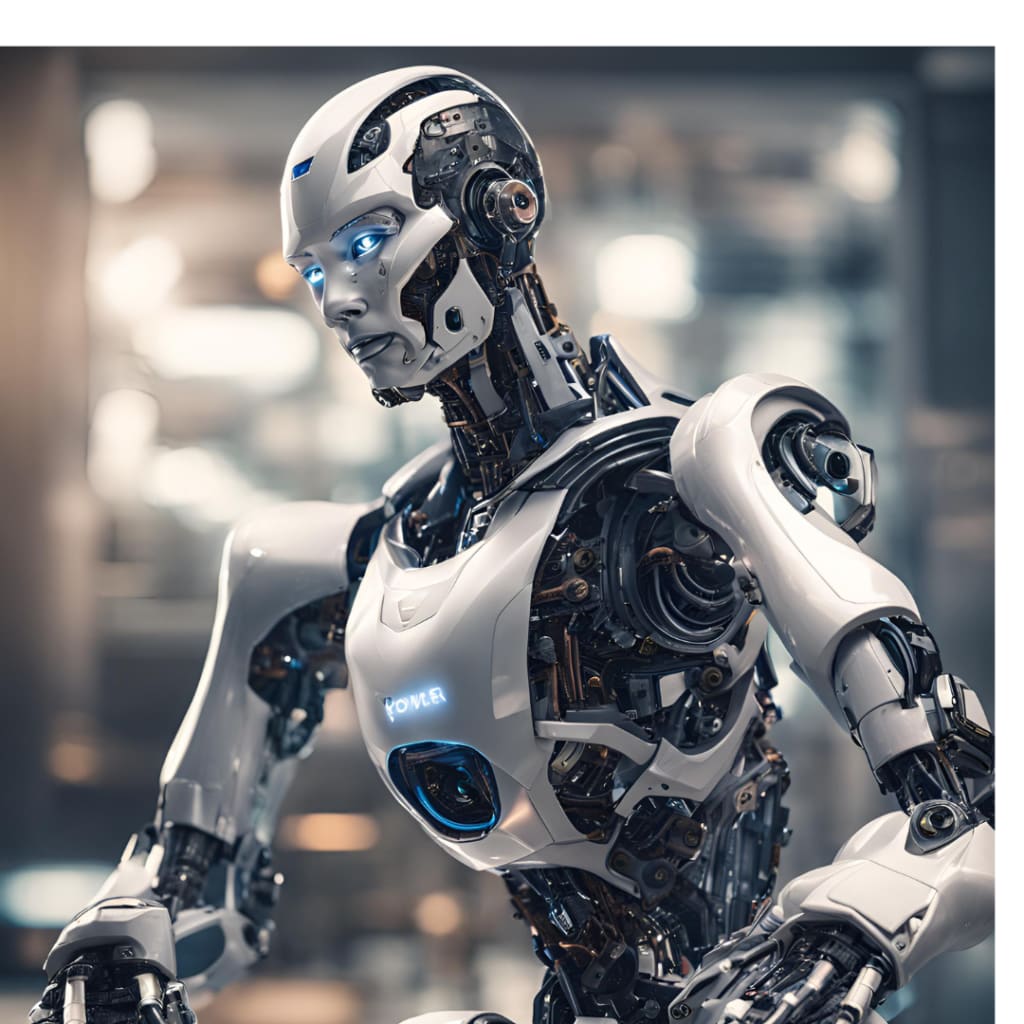
Introduction
Technology has always facilitated human beings. In the modern age , Artificial Intelligence (AI) holds transformative potential across diverse sectors, promising significant advancements and efficiencies. However, some skeptical views about its inexorable rise have raised questions regarding the economic future, data privacy, health issues, ethical concerns, and interpersonal relationships. These concerns can be addressed by focusing on the potential opportunities offered by the AI in modern times. Given its diverse features, AI can enhance economic growth, healthcare protection, quality education, innovation, climate change mitigation, social issue resolution, crime control, and creative arts. This comprehensive exploration examines strategies to optimize AI utilization, ensuring it drives meaningful and sustainable improvements across various domains.
Human concerns about the inexorable rise of AI: Pain points
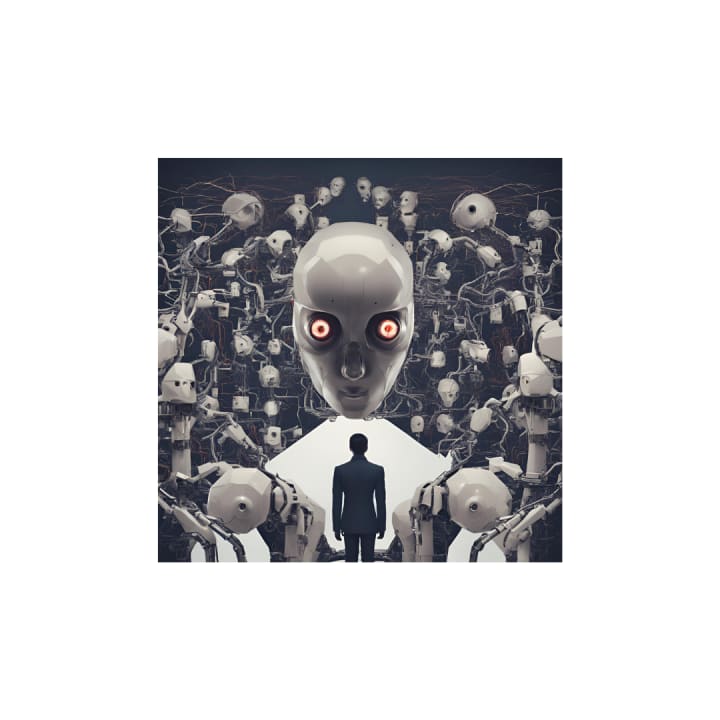
The rise of AI has given way to the misconception that AI is likely to endanger the future of humanity. In this regard, people have expressed the following concerns:
- Lack of Understanding and Expertise Data Quality and Accessibility
- Integration with Existing Systems
- Cost and Resource Constraints
- Ethical and Privacy Concerns
- Scalability Issues
- Bias in AI Algorithms
- Regulatory and Compliance Barriers
- Maintenance and Updating
- Public Perception and Trust
How can AI be used effectively?
1. Governance
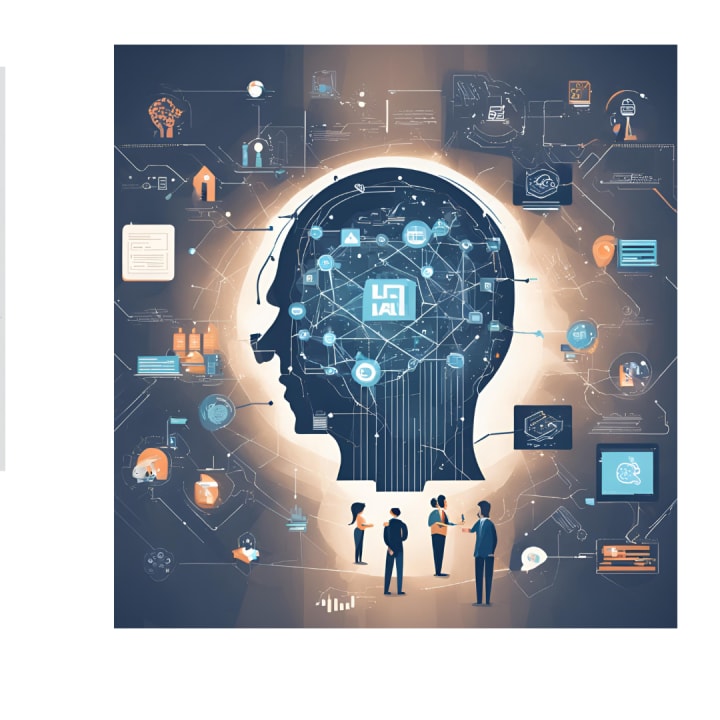
AI can significantly enhance good governance by improving efficiency, transparency, decision-making, and citizen engagement. Here are several ways AI can be leveraged for this purpose:
a) Data-driven Decision Making
b)Improving Public Services
c)Enhancing Transparency
d)Optimizing Resource Allocation
e)Facilitating Public Engagement
f)Streamlining Bureaucratic Processes
g)Policy Simulation and Impact Analysis
h)Predictive Policing and Crime Prevention
- Example: Predictive Policing AI can help law enforcement agencies predict and prevent crime by analyzing data on crime patterns and trends. Tools like PredPol use AI to identify high-risk areas and times, enabling proactive policing.
- Example: Fraud Detection In financial sectors, AI algorithms detect fraudulent activities by analyzing transaction patterns. Companies like PayPal and banks use AI to monitor and flag suspicious transactions in real-time.
2. Economic aspect
2.1 AI: A modern tool for economic growth and productivity
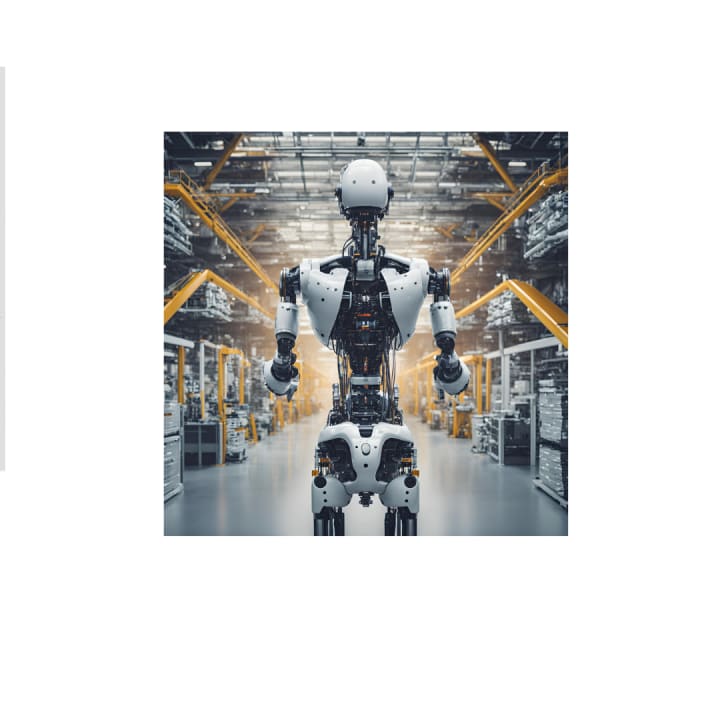
Artificial Intelligence (AI) is revolutionizing economic growth and productivity across various sectors. By automating routine tasks and optimizing complex processes, AI enhances efficiency and reduces operational costs , allowing companies to optimize their inventory and marketing strategies.For example:
- In manufacturing, AI-driven robots and predictive maintenance systems streamline production lines and minimize downtime, boosting output and profitability.
- In finance , AI algorithms analyze vast datasets to identify market trends and investment opportunities, leading to better asset management and financial planning.
- Retail companies leverage AI for personalized marketing and inventory management, ensuring products are available when and where customers need them, thereby increasing sales and customer satisfaction.
- AI-powered chatbots and virtual assistants improve customer service across industries, providing 24/7 support and resolving issues quickly, which enhances the overall customer experience and loyalty.
By integrating AI, businesses not only improve their productivity but also drive innovation, opening new avenues for economic growth and competitiveness.

3. Social aspect
3.1 Health
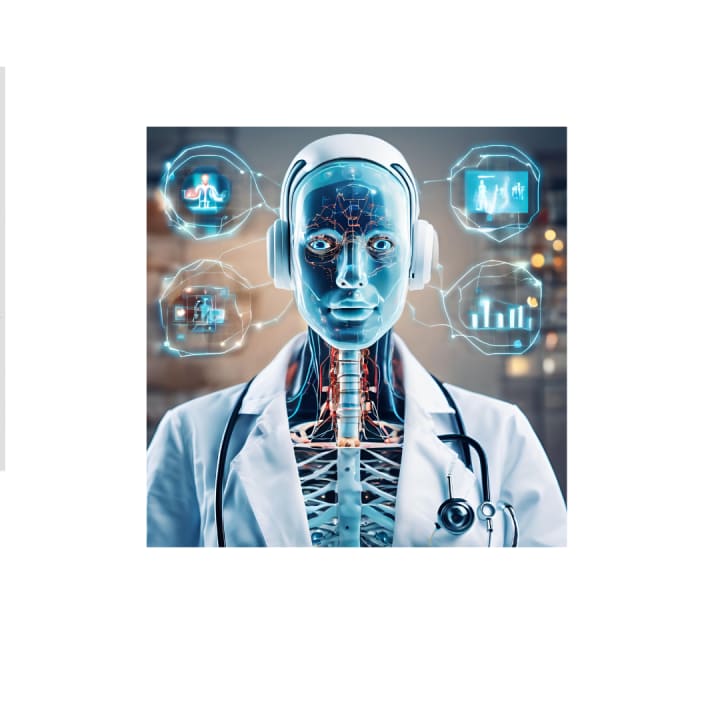
a)Developing an early diagnosis system
AI algorithms can analyze vast amounts of medical data quickly and accurately, aiding in early diagnosis. For example:
- AI-powered imaging systems can detect abnormalities in radiology scans with remarkable precision, often identifying conditions like cancers or fractures earlier than traditional methods.
- In genomics, AI helps in decoding genetic information, paving the way for personalized medicine tailored to an individual's genetic makeup, which can lead to more effective treatments with fewer side effects.
- AI-driven predictive analytics can foresee potential outbreaks of diseases by analyzing patterns in health data, enabling timely interventions and containment strategies.
b)AI-based Telehealth services
AI chatbots and virtual health assistants provide patients with instant medical advice and support, improving access to healthcare, especially in remote or underserved areas. For example:
- AI can tailor treatments to individual patients based on their genetic information and medical history. Companies like 23andMe leverage AI to provide personalized health insights, leading to more effective and targeted therapies.
- In physical rehabilitation, AI-powered robotic exoskeletons assist patients in regaining mobility by providing customized physical therapy exercises that adjust to their specific needs and recovery progress.
- In mental health care, AI-driven platforms provide cognitive behavioral therapy (CBT) through virtual assistants, making therapy accessible to those who might not be able to visit a therapist in person. With the help of AI, this service can be made available for 24/7 support, based on real-time feedback.
By integrating AI into healthcare systems, we can not only streamline operations and reduce costs but also enhance the overall quality of care, making healthcare more proactive and preventive rather than reactive.
3.2 Education
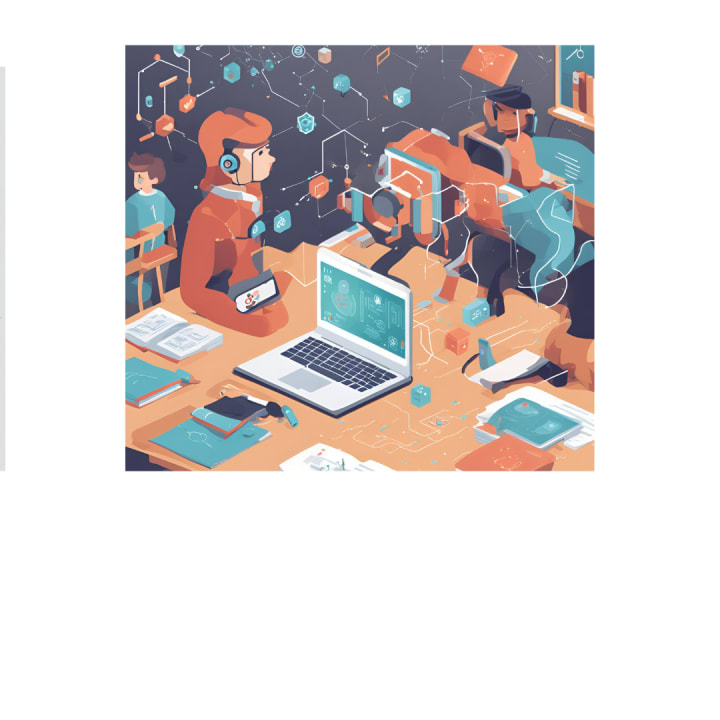
a)AI tools for improving learning outcomes
Artificial Intelligence (AI) is transforming education by enhancing learning outcomes through personalized, adaptive, and efficient teaching methods. Here are several AI tools that are making a significant impact:
- Adaptive Learning Platforms
- Intelligent Tutoring Systems
- Automated Grading and Feedback
- Natural Language Processing (NLP) Tools
- Virtual Assistants and Chatbots
- Learning Analytics
- Gamified Learning
b)Improving research knowledge using different tools
People can enhance their research skills through the effective use of AI text-generative tools. For example :
- ChatGpt can be used for the development of logical arguments.
3.3 Expansion of Social Safety Nets
AI can be used to help provide social safety nets. For example:
- Poverty Alleviation AI applications can identify and analyze patterns of poverty to develop targeted interventions. AI-driven platforms can assess data from various sources to allocate resources effectively and design programs to lift communities out of poverty.
3.4 Environmental Monitoring and Protection
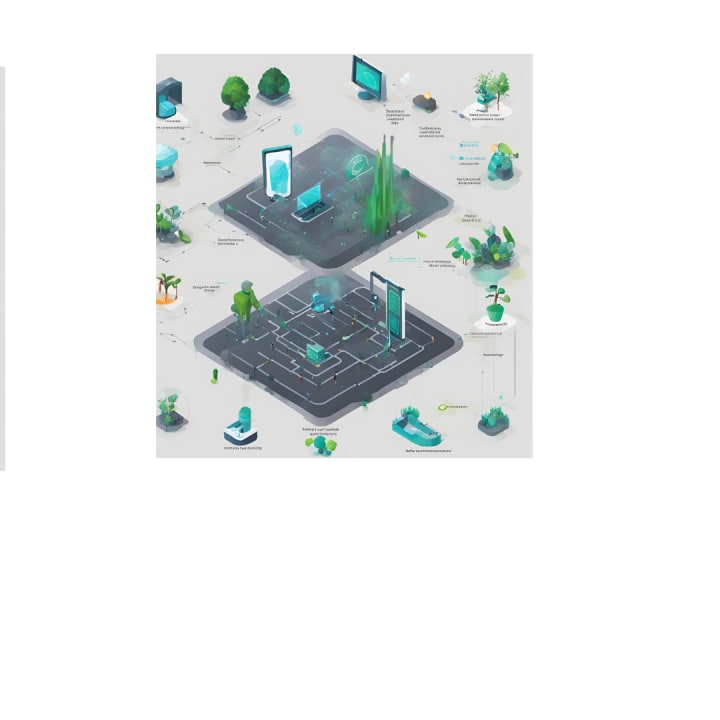
AI can be used effectively for environmental monitoring and protection by leveraging its advanced data analysis and predictive capabilities. AI algorithms analyze vast amounts of climate data to predict future weather patterns and extreme events, aiding in proactive policy planning. For example:
a)Environmental Monitoring
AI-powered drones and sensors monitor environmental changes, such as deforestation and ocean pollution, in real-time. Platforms like Microsoft's AI for Earth initiative leverage AI to protect biodiversity and manage natural resources more efficiently.
b)Climate Modeling
AI enhances climate modeling by processing complex climate data to predict future climate patterns. Google's AI tools are used to improve the accuracy of climate models, aiding in better planning and mitigation strategies.
c)Disaster Response and management
AI systems like One Concern use machine learning to predict the impact of natural disasters and optimize emergency response efforts, ensuring timely and effective aid distribution.

3.5 Entertainment
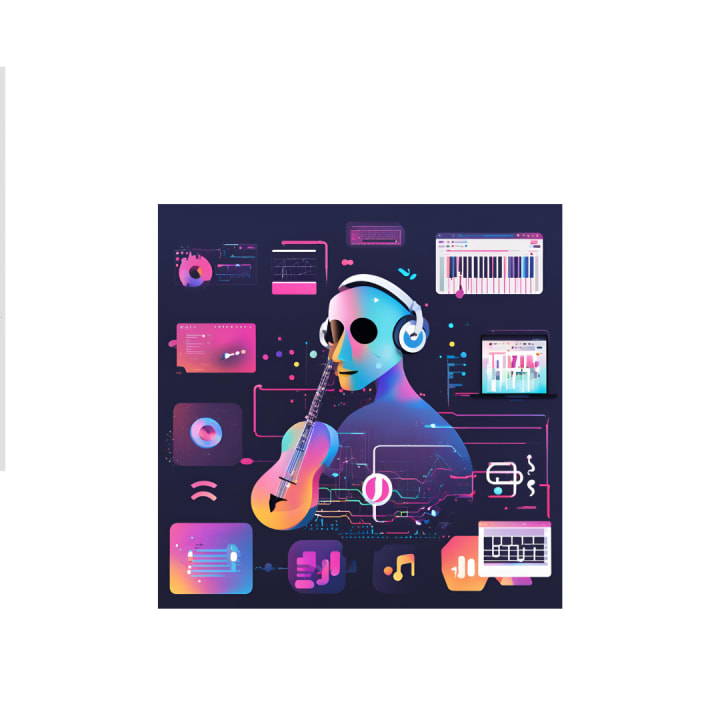
AI is transforming the entertainment industry by enhancing content creation, distribution, and consumption. Here are several ways AI is being utilized effectively:
a)Content Creation
AI can help artists develop and modify content through the techniques including Scriptwriting and Story Development ;Music Composition:;Visual Effects and Animation,etc.For example:
- AI in Music Composition AI systems like OpenAI's MuseNet can compose original music in various styles, assisting artists in the creative process and providing new avenues for musical innovation.
- AI in Visual Arts AI tools like DeepArt and Google's DeepDream can create unique artworks by applying artistic styles to digital images, inspiring artists, and expanding the boundaries of visual creativity.
b)Personalized Recommendations
c)Audience Engagement
It can help engage the audience through:
- Interactive Experiences
- Chatbots and Virtual Assistants
d)Marketing and Distribution
e)Data Analytics and Insights
f)Enhancing Live Performances
3.6 Technology and Innovation
AI can be used as a tool for new technological innovations and can push scientific developments further. For example:
- Research and Development: AI accelerates research and development by analyzing scientific literature and data to identify new research opportunities and streamline the innovation process. For instance, AI algorithms can process vast amounts of data to suggest new drug compounds or materials.
- AI in Creative Design : In industries like fashion and architecture, AI tools such as Autodesk's Dreamcatcher help designers create innovative products by generating design options based on specified criteria.
Conclusion
All in all, it is pertinent to know that AI algorithms are the reflection of human ideas. With these ideas, AI-led developments have transformed the world. Human beings have witnessed the great benefits of AI technologies. However, there are still many ways following which AI can be used more productively and effectively. In every case, it is necessary to maintain the human-nature relationship intact. The future of humanity is safe as long as AI-like technologies are harnessed responsibly.
About the Creator
Enjoyed the story? Support the Creator.
Subscribe for free to receive all their stories in your feed. You could also pledge your support or give them a one-off tip, letting them know you appreciate their work.





Comments (1)
Interesting and delicious content. Keep posting more now.